CATHOLIC FAITHWATCH: “Feast of the Transfiguration of the Lord, Homily of His Holiness Saint John Paul II, 21st Anniversary of the Death of Paul VI, Friday, 6 August 1999” – vatican.va 8.6.99
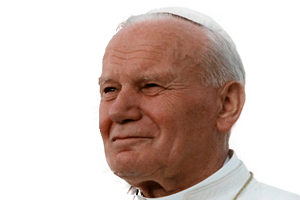
“Today, the Eucharist which we are preparing to celebrate takes us in spirit to Mount Tabor together with the Apostles Peter, James and John, to admire in rapture the splendour of the transfigured Lord. In the event of the Transfiguration we contemplate the mysterious encounter between history, which is being built every day, and the blessed inheritance that awaits us in heaven in full union with Christ, the Alpha and the Omega, the Beginning and the End.
We, pilgrims on earth, are granted to rejoice in the company of the transfigured Lord when we immerse ourselves in the things of above through prayer and the celebration of the divine mysteries. But, like the disciples, we too must descend from Tabor into daily life where human events challenge our faith. On the mountain we saw; on the paths of life we are asked tirelessly to proclaim the #Gospel which illuminates the steps of believers. …”
Click here for: “Feast of the Transfiguration of the Lord, Homily of His Holiness Saint John Paul II, 21st Anniversary of the Death of Paul VI, Friday, 6 August 1999” – vatican.va 8.6.99
[featured images are file photos]
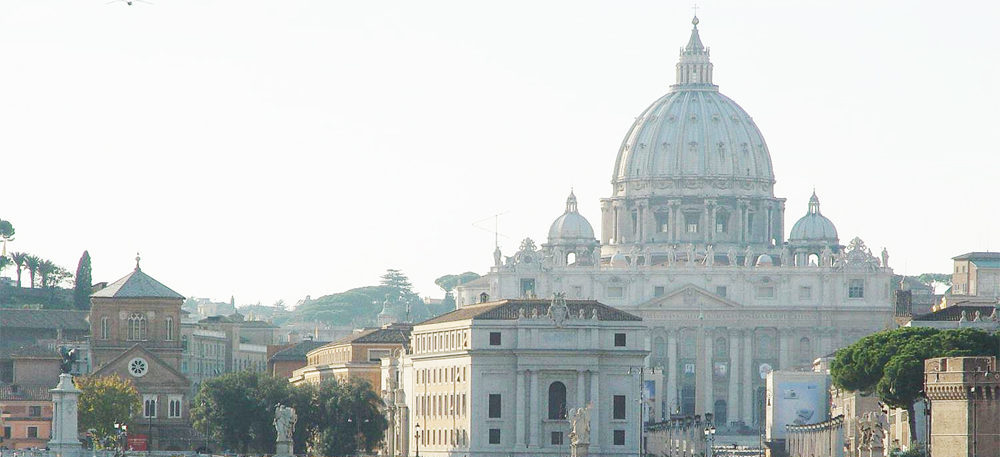

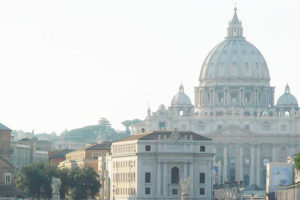
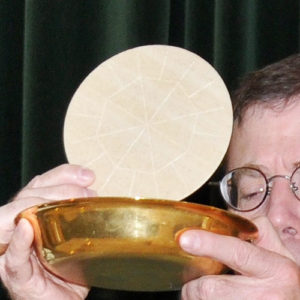 The Eucharist is the human being’s ongoing, important encounter with God in which the Lord makes Himself our Food and gives Himself to transform us into Him. … [F]ive loaves and two fish …. The miracle was not worked from nothing, but from a first modest sharing of what a simple lad had brought …. Jesus does not ask us for what we do not have. … God is capable of multiplying our small acts of love and making us share in his gift. The crowd was impressed by the miracle …. However the people stopped at the material element …. [L]et us ask the Lord to enable us to rediscover the importance of feeding ourselves not only on bread but also on Truth, on Love, on Christ, on Christ’s Body, taking part faithfully and with profound awareness in the Eucharist so as to be ever more
The Eucharist is the human being’s ongoing, important encounter with God in which the Lord makes Himself our Food and gives Himself to transform us into Him. … [F]ive loaves and two fish …. The miracle was not worked from nothing, but from a first modest sharing of what a simple lad had brought …. Jesus does not ask us for what we do not have. … God is capable of multiplying our small acts of love and making us share in his gift. The crowd was impressed by the miracle …. However the people stopped at the material element …. [L]et us ask the Lord to enable us to rediscover the importance of feeding ourselves not only on bread but also on Truth, on Love, on Christ, on Christ’s Body, taking part faithfully and with profound awareness in the Eucharist so as to be ever more 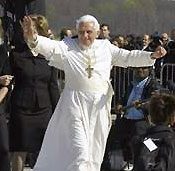 closely united with Him. … ‘It is not the Eucharistic food that is changed into us, but rather we who are mysteriously transformed by it. Christ nourishes us by uniting us to Himself ….’ (Apostolic Exhortation Sacramentum Caritatis, n. 70). Let us [also] pray … that … bread necessary for a dignified life may never be lacking … that inequalities … be demolished … with sharing and with love. …”
closely united with Him. … ‘It is not the Eucharistic food that is changed into us, but rather we who are mysteriously transformed by it. Christ nourishes us by uniting us to Himself ….’ (Apostolic Exhortation Sacramentum Caritatis, n. 70). Let us [also] pray … that … bread necessary for a dignified life may never be lacking … that inequalities … be demolished … with sharing and with love. …”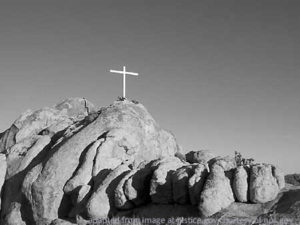 Divine Office or the Liturgy of the Hours] (43, 3). However, Benedict states that in the first place prayer is an act of listening (Prol. 9-11), which must then be expressed in action. “The Lord is waiting every day for us to respond to his holy admonitions by our deeds” (Prol. 35). Thus, the monk’s life becomes a fruitful symbiosis between action and contemplation, “so that God may be glorified in all things” (57, 9). In contrast with a facile and egocentric self-fulfilment, today often exalted, the first and indispensable commitment of a disciple of St Benedict is the sincere search for God (58, 7) on the path mapped out by the humble and obedient Christ (5, 13), whose love he must put before all else (4, 21; 72, 11), and in this way, in the service of the other, he becomes a man of service and peace. In the exercise of obedience practised by faith inspired by love (5, 2), the monk achieves humility (5, 1), to which the Rule dedicates an entire chapter (7). In this way, man conforms ever more to Christ and attains true self-fulfilment as a creature in the image and likeness of God. …”
Divine Office or the Liturgy of the Hours] (43, 3). However, Benedict states that in the first place prayer is an act of listening (Prol. 9-11), which must then be expressed in action. “The Lord is waiting every day for us to respond to his holy admonitions by our deeds” (Prol. 35). Thus, the monk’s life becomes a fruitful symbiosis between action and contemplation, “so that God may be glorified in all things” (57, 9). In contrast with a facile and egocentric self-fulfilment, today often exalted, the first and indispensable commitment of a disciple of St Benedict is the sincere search for God (58, 7) on the path mapped out by the humble and obedient Christ (5, 13), whose love he must put before all else (4, 21; 72, 11), and in this way, in the service of the other, he becomes a man of service and peace. In the exercise of obedience practised by faith inspired by love (5, 2), the monk achieves humility (5, 1), to which the Rule dedicates an entire chapter (7). In this way, man conforms ever more to Christ and attains true self-fulfilment as a creature in the image and likeness of God. …”
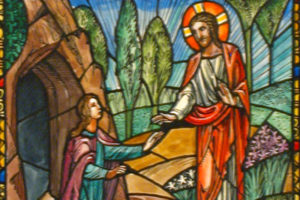
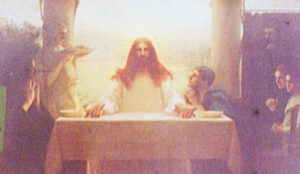 b. Jesus Christ Son of God (14-33);
b. Jesus Christ Son of God (14-33);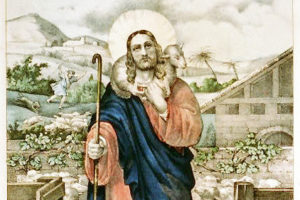
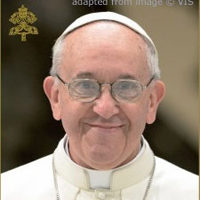
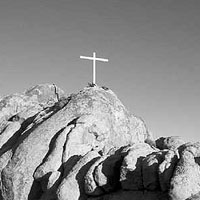 “Pope Francis releases 2018 Lenten message: Full text” – Vatican Radio
“Pope Francis releases 2018 Lenten message: Full text” – Vatican Radio